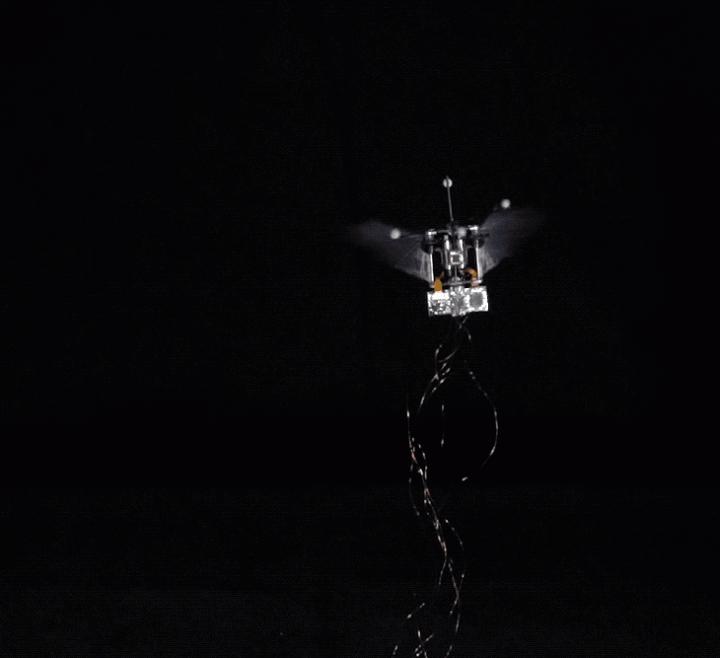It can be smaller than Purdue University's hummingbird-like robot drone and also has AI
NEWS |Technology
2019.05.15 13:49
Purdue University
Hummingbirds are known for their high-speed flapping wings that enable them to hover. Drones with these wings may be able to navigate through crumbling buildings and littered areas to find trapped victims. do not have.
A research team at Purdue University in the United States is developing a robot that can fly like a hummingbird, trained with machine learning algorithms to perform various natural tricks that birds do every day. These flexible flapping wings are paired with AI, and touching a surface changes the electrical current, allowing the robot to learn new flight patterns and maps on its own.

Also, with conventional aerodynamics, a drone must generate enough lift to support its own weight, and cannot be infinitely small.
On the other hand, hummingbirds do not use such conventional aerodynamics, and their wings have elasticity and a large angle of attack and lift, which can be applied to miniaturize robots. In fact, the smaller they are, the more flaps they make and the more efficient they fly.
Composed of a 3D-printed body, a carbon fiber skeleton, and a laser-cut membrane to create a 12g robot and a 1g insect-sized robot to fit your average hummingbird. The hummingbird robot can lift up to 27g.
Only two motors, each controlling a wing. If you add more lift, you can install new sensing technologies such as batteries, cameras, and GPS. It also makes less noise, making it possible to fly quietly.
"AXIS" Editorial Department (Akushisu Henshubu)
The editorial team of the web magazine "AXIS". From information typical of design-specialized media to things that are likely to overflow in our daily work, we will convey with the abundant energy of our members.








